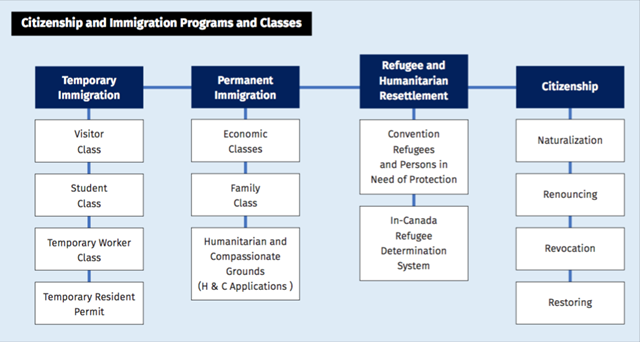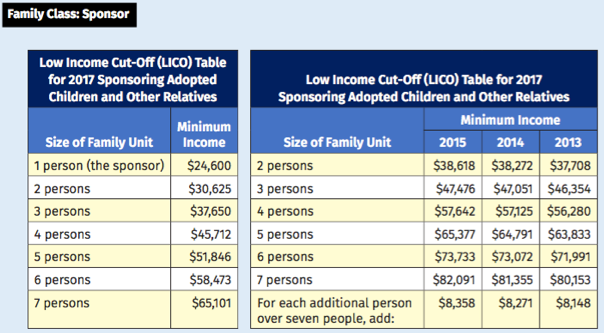.jpeg)
If you’re getting ready to write the ICCRC Full Skills Exam (FSE), you’re probably busy preparing materials to bring to the exam with you. These might include your IPP notes, textbooks, excerpts of immigration law statutes, and/or other immigration law texts. As you prepare these materials, remember that they will be more useful if they are well-organized and easy to navigate. During the exam, you don’t want to spend valuable time flipping through pages looking for a particular topic. Instead, consider using the following five strategies to help you study and organize your materials for exam day.
For a suggested study plan, time management strategies, and other ICCRC exam writing strategies, download Emond’s ICCRC Exam Preparation Manual
1. Adopt a Practice-Based Perspective
The FSE is designed to test your skills as an RCIC, with primary emphasis on your ability to understand and apply material. Ideally, you will be familiar enough with the material that during the exam you can quickly identify the appropriate concept and effectively apply it to the question. When studying for the FSE, consider the following questions to help you adopt a practice-based perspective focused on applying material in different scenarios. All questions on the FSE will likely relate to one or more of the questions below.
2. Create Topic Summaries
As you review your material, consider summarizing the key points within each topic and subtopic—a brief overview of a particular topic can help you remember relevant concepts. Summarizing your material can also help you process the information, consolidate it, and re-contextualize it from a practice-based perspective. Format your topic summaries in a clear and concise manner that is easy for you to understand.
3. Develop Mind Maps
Mind maps are visual representations of the links between different concepts. Often, these maps do not contain much description. Instead, they allow you to connect key ideas and make sense of interconnected topics. Mind maps can help you contextualize the relationships between complex concepts, details, and procedures. You might consider using mind maps to organize one topic that has several interrelated subtopics.

This mind map outlines the Citizenship and Immigration Programs and Classes, dividing each class into further sub-classes. The map provides a visual guide to understanding how all of these categories fit into a larger framework.
4. Use Tables/Charts
Tables and charts can be extremely useful for consolidating a large volume of information into a simple, clean, and easy-to-read format. By combining all relevant information into one table, you can access key ideas in one place. You might consider using tables to organize applicable statutes, rules, or procedural timelines. Ideally, tables will be a quick reference point to help you locate important information. The table below illustrates the 2017 Low Income Cut-Off requirements for sponsorship of different people under the family class.

5. Do A Practice Exam
The best way to ensure that you are learning and correctly applying the material is to do a practice exam. Not only will it give you a better idea of what to expect on exam day, it will also help you identify any weaknesses or gaps in your study materials.
Looking for a practice exam? Emond’s ICCRC Practice Exams have been developed to mimic the structure and content of the FSE. Developed in collaboration with Lynn Fournier-Ruggles, author of Canadian Immigration and Refugee Law for Legal Professionals, the practice exams cover essential legislation, regulations, and policies.